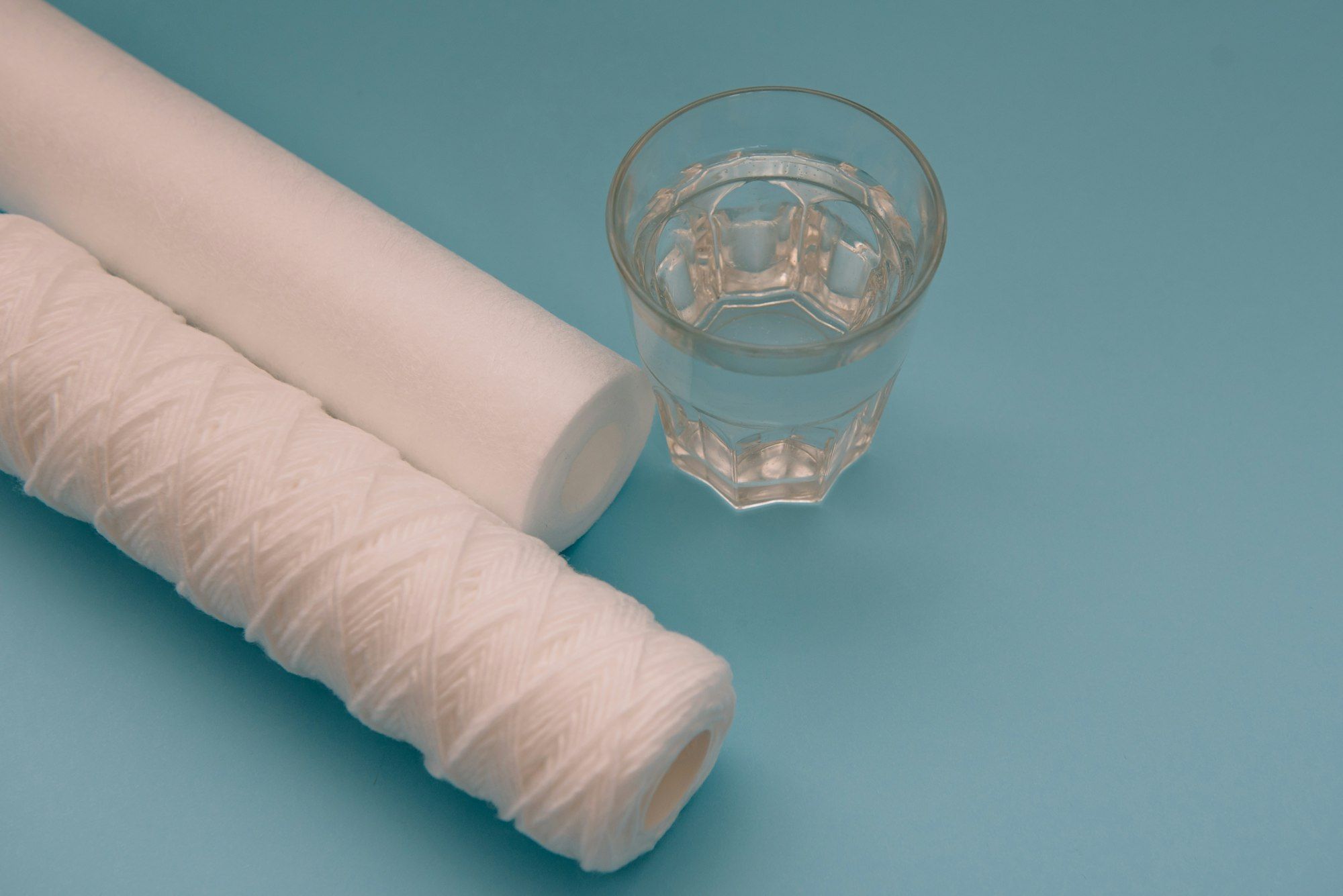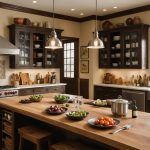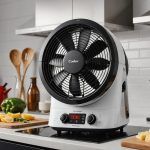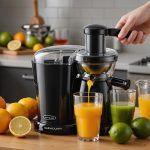Water is one of the most imperative elements of our lives. We not only use it to quench our thirst but also for various household chores, including cooking. However, given the deteriorating quality of water in many parts of the world due to the intrusion of various contaminants, the need for a reliable water filtration system becomes paramount. In this article, we’ll walk you through everything you need to know about water filters, including the different types, their benefits, and which ones are the best for both cooking and drinking.
Why You Need a Water Filtration System?
You might be wondering, why do you need a water filtration system? Doesn’t the water that comes out of our taps undergo thorough filtration before it reaches our homes? While municipal water treatment plants do filter water to some extent, they do not remove all contaminants. Plus, the use of chlorine to disinfect water can affect its taste and smell.
Also read : How to Select the Best Meat Grinder for Home-made Sausages?
A water filtration system installed at your sink ensures that the water you consume is filtered and free from most of these contaminants. This not only makes your drinking water safer but also improves its taste. The water you use for cooking also benefits from filtration, as it ensures that contaminants don’t affect the taste of your food.
Types of Water Filtration Systems
Water filtration systems come in various types. This section will give you a clear understanding of the options available, making it easier for you to decide which system will best suit your needs.
In parallel : Discover the Most Efficient Manual Citrus Juicer for Effortless Juice Extraction!
Faucet Filters
Faucet filters, as the name suggests, are attached directly to your sink faucet. They are easy to install and require minimal maintenance. Faucet filters remove chlorine and other contaminants, improving the taste and safety of your water.
Pitcher Filters
Pitcher filters are portable and convenient. You fill the pitcher with tap water, which then passes through a filter within the pitcher. They are excellent for removing chlorine and can significantly improve the taste of your water. However, they may not be as efficient at removing other contaminants as some other systems.
Reverse Osmosis Systems
Reverse osmosis systems are often considered to be one of the best in terms of filtration. They use a semi-permeable membrane to remove up to 99% of all contaminants in your water. These systems are usually installed under the sink and require more maintenance than faucet and pitcher filters.
What to Look for When Choosing a Water Filtration System?
Choosing the right water filtration system can be challenging, given the numerous options available in the market. Keep the following factors in mind while making your selection.
Filtration Quality
The primary purpose of a water filter is to remove contaminants and improve the quality of your water. Look for systems that eliminate a high percentage of contaminants, especially those commonly found in your local water supply. It is advisable to get your tap water tested to know what you need to filter out.
Ease of Installation and Maintenance
Some filtration systems require professional installation, while others can be easily installed by following the manufacturer’s instructions. Similarly, maintenance can range from a simple filter change to more complex tasks. Choose a system whose installation and maintenance requirements suit your lifestyle and capabilities.
Best Water Filtration Systems on Amazon
If you’re looking to buy a water filtration system, Amazon is an excellent place to start. It offers a wide range of products, from simple faucet filters to sophisticated reverse osmosis systems. Here are a few top-rated options.
APEC Top Tier 5-Stage Ultra Safe Reverse Osmosis Drinking Water Filter System
This system is a high-capacity, 5-stage system that removes up to 99% of contaminants. It is WQA certified and delivers great tasting, filtered water right at your home kitchen sink.
Brita Standard Metro Water Filter Pitcher
This compact pitcher fits easily in most refrigerators and comes with a filter that reduces chlorine taste and odor, copper, mercury, and cadmium impurities.
PUR Faucet Mount Water Filtration System
Easy to install, this system can be attached to your faucet within minutes. It can remove over 70 contaminants, including lead and mercury, making it a reliable choice for most households.
Remember, the best water filtration system for you would depend on your specific needs and circumstances. So, carefully consider all the factors discussed above before making your purchase.
Understanding the Functioning of Water Filters
A water filter works by passing your tap water through several layers of filtration materials that trap contaminants. The specifics of this process can vary depending on the type of water filtration system you choose. In general, however, water filters work via a two-step process: physical and chemical filtration.
Physical filtration involves running water through a screen-like material to remove larger particles. It’s like a sieve or a strainer that catches and removes larger contaminants.
Chemical filtration, on the other hand, involves passing water through an active material that removes impurities chemically as they come into contact with the filter. This process is effective in removing smaller, unseen contaminants that a physical filter may miss.
For instance, reverse osmosis water filters use a semi-permeable membrane that allows only water molecules to pass through, effectively trapping contaminants. They also often include activated carbon filters that can remove organic compounds and chlorine, further improving the taste and odor of your water.
Understanding the functioning of water filters can help you appreciate why they are an essential component of any household. It can also assist you in maintaining your filter appropriately for its longevity.
The Impact of Flow Rate and Filter Life on Your Selection
Two crucial aspects to consider when choosing a water filtration system for your home are the flow rate and filter life.
Flow rate refers to the amount of filtered water the system can produce per minute. For cooking and drinking needs, you want a system that can filter enough water quickly. If the flow rate is too low, you might find yourself waiting for a long time to get the amount of water you need.
For instance, faucet filters and pitcher filters typically have lower flow rates compared to under-sink or whole house systems. So, if you have a larger family or use a lot of water for cooking, you may want to consider a system with a higher flow rate.
Filter life, on the other hand, relates to how often you’ll need to replace your filter. Every filter has a lifespan, after which it can no longer effectively remove contaminants.
The life of a filter can be influenced by several factors, including the quality of your tap water and the volume of water you filter regularly. Some filters might need replacement every two months, while others could last up to a year. Keep in mind that consistent filter changes are vital to ensure the effectiveness of your filtration system.
Conclusion
Ensuring the water quality for your cooking and drinking needs is a critical aspect of maintaining a healthy lifestyle. While tap water goes through some form of water treatment, it might still contain contaminants that can affect its taste, smell, and safety. Having a home water filtration system can help remove these unwanted particles, providing you with safe and tasty water.
Choosing the best water filtration system involves considering various factors, including the type of filter, its filtration quality, ease of installation and maintenance, flow rate, and filter life. Your local water conditions and your household’s water usage are also important factors to consider.
Whether it’s a faucet filter, a filter pitcher, or a more comprehensive reverse osmosis water system, each option has its pros and cons. Ultimately, the best water filtration system for your home depends on your specific needs and circumstances. So, take the time to research, review, and consider your choices before making a decision. Remember, the goal is to provide safe, clean, and tasty water for you and your family.








